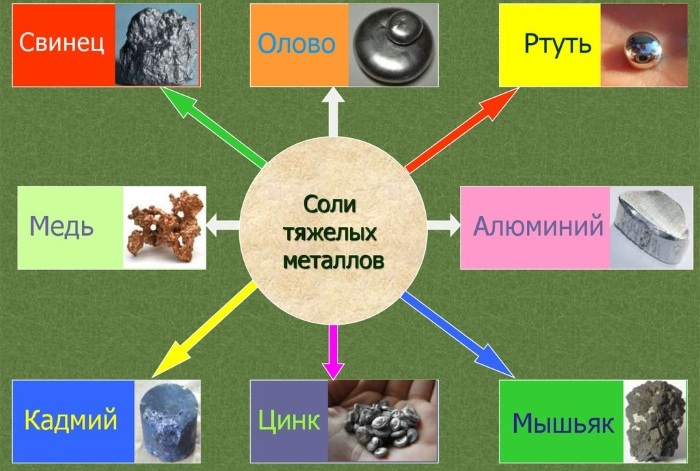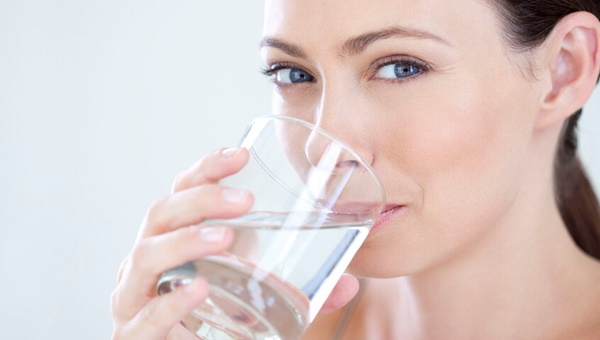Flavonoids Are biologically active substances that are plant pigments. They are known to have a positive effect on the human body.
Record content:
-
1 What are flavonoids for, their effect on the human body
- 1.1 For women
- 1.2 For men
- 2 The benefits and harms of flavonoids
- 3 Flavonoid classification
-
4 Group representatives
- 4.1 Rutin
- 4.2 Anthocyanins, proanthocyanids
- 4.3 Hesperidin
- 4.4 Ellagic acid
- 4.5 Quercetin
- 4.6 Catechins and tannins
- 4.7 Kaempferol
- 4.8 Naringin
- 4.9 Genistein
- 5 Flavonoids in medicine
- 6 Flavonoids in cosmetology
- 7 Daily requirement
- 8 What foods have the most flavonoids?
- 9 Flavonoid content table in foods
- 10 Contraindications to the use of foods containing flavonoids
- 11 Rules for the use of foods with flavonoids
- 12 How flavonoid deficiency manifests itself
- 13 Signs of excess flavonoids in the body
- 14 Flavonoid Videos
What are flavonoids for, their effect on the human body
Flavonoids in the human body perform many functions:
- they protect cell membranes and organ tissues from destruction;
- destroy free radicals;
- prevent the development of many diseases.

Flavonoids, the effect on the body of which is very great, are useful for both women and men.
For women
Regular intake of flavonoids in the body slows down the natural aging processes (facial skin stays smooth and fresh longer), prevention of various diseases (especially cardiovascular and oncological).
Some types of flavonoids are plant analogues of the hormone estrogen, which is important for women's health.
After 45 years, the concentration of estrogen in the blood decreases, the period of menopause begins, its characteristic symptoms appear:
- pressure surges;
- hot flashes;
- discomfort in the genital area;
- decreased libido.
Therefore, women during menopause are advised to consume foods with flavonoids in large quantities in order to reduce the severity of the signs of menopause. They are also useful for young girls and women: they help to normalize hormonal balance in the body, and during PMS or menstruation help to eliminate pulling pains in the lower abdomen and increase mood.
For men
Flavonoids in the male body reduce the risk of developing prostate cancer and other organ diseases, regulate hormonal balance and help increase libido and erectile function. Also, these substances have a preventive effect and help prevent the occurrence of severe cardiovascular pathologies (which men are exposed to after 45 years).
The benefits and harms of flavonoids
One of the main beneficial properties of flavonoids is antioxidant activity - almost all types of flavonoids destroy free radicals in body tissues, preventing the growth and development of cancerous tumors, contributing to the prevention of Alzheimer's and Parkinson's diseases and prolonging youth organism.
Another important property of flavonoids is their ability to heal the cardiovascular system. Many representatives of this class of substances strengthen the walls of blood vessels (preventing their fragility), stop bleeding, and protect heart cells from damage (cardioprotective effect).
They lower the level of bad cholesterol in the blood and help to increase the elasticity of the vascular walls, preventing the formation of blood clots.
Flavonoids also have beneficial properties:
- anti-inflammatory (reduce the severity of chronic inflammatory processes in the tissues of the body);
- immunostimulating;
- bactericidal;
- regenerating and wound healing (useful for damage to the skin and internal mucous membranes);
- decongestant and antiallergic (reduce the production of histamine in allergic reactions, which helps to reduce the severity of allergy symptoms);
- detoxifying (remove toxins, salts of heavy metals from the tissues of the body; some types of flavonoids help fight parasites);
- moderate analgesic effect.
Flavonoids can harm the body only in case of severe overdose (which is very rare). In this case, there is a deterioration in the absorption of certain vitamins by the body. Also, flavonoids, due to their effect on the cardiovascular system, can harm people with blood clotting disorders.
Flavonoid classification
There are over 6500 types of flavonoids, grouped into 10 classes:
- Catechins are the most biologically active substances that accumulate in leaves and bones. Catechins are especially rich in white and green tea leaves and grape seeds.
- Leukoanthocyanidins - are tannins, have an astringent effect, give plant products a bitter taste.
- Anthocyanins and anthocyanidins are substances that give some plants their blue, purple and violet color.
- Flavanones are polyphenols found in some flowers and legumes.
- Flavones and isoflavones - give plants and their parts a yellow color. Isoflavones differ in their structure - they have a phenyl radical on the side.
- Flavanonols - differ from flavones by the presence of a hydroxyl group.
- Flavonols - have powerful antioxidant effects.
- Chalcones and dihydrochalcones - most often in the form of glycosides, many types of dihydrochalcones are used as sweeteners in food production.

- Aurons - give plants a yellow or orange color. In plants, they perform antifungal and bactericidal function, in the human body they do the same and take part in the prevention of obesity, brain diseases and the treatment of hyperthyroidism.
- Anthocyanins and anthocyanidins are glycosides that give plants red, purple, violet and blue hues. They have a powerful anti-inflammatory effect in the human body.
Group representatives
The flavonoids described later in the article are most often found in plant products and have the most active effect on the human body.
Rutin
Rutin or vitamin P is a quercetin glycoside. It is especially beneficial for the health of blood vessels, as it helps to strengthen their walls (for this reason, rutin is necessary in the treatment and prevention of hemorrhoids). Also, rutin removes salts of heavy metals, toxins from the body, and prevents premature aging.
Most of the routine is found in citrus peels, green tea, coffee and herbs.
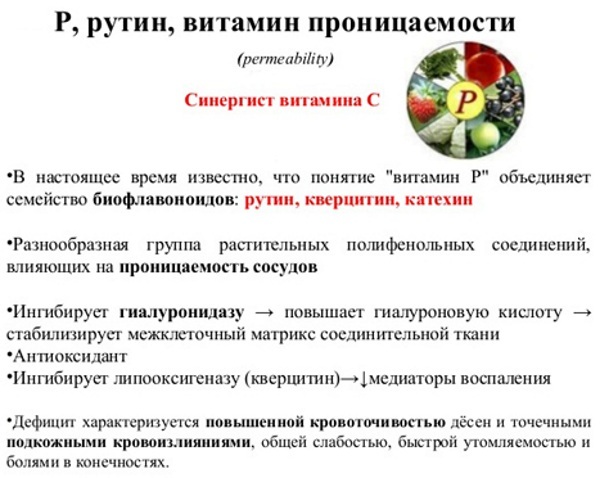
You can also ensure the intake of vitamin P into the body by using:
- bitter chocolate (with a cocoa content of at least 70%);
- berries;
- tomatoes.
Anthocyanins, proanthocyanids
Anthocyanins, in addition to their anti-inflammatory effect, strengthen the vascular walls. They are especially useful for the vessels of the brain and eyes. The richest in anthocyanins and proanthocyanids is blueberry.
Regular consumption of this berry will allow:
- reduce the risk of stroke, glaucoma;
- strengthen eyesight;
- improve brain performance.
Hesperidin
Hesperidin reduces capillary permeability, improves blood circulation in coronary vessels, and normalizes blood pressure. It also has a slight astringent effect and prevents the development of bleeding. A large amount of hesperidine is found in the peel of citrus fruits.
Ellagic acid
Ellagic acid is found in over 700 plant species. It has been proven that in the human body it has an antioxidant effect and protects the heart from various diseases. It was also found that this substance has antitumor, antimutagenic and anticarcinogenic effects.
Quercetin
Quercetin has a destructive effect on cancer cells and prevents their appearance, and also prevents the development of atherosclerosis. 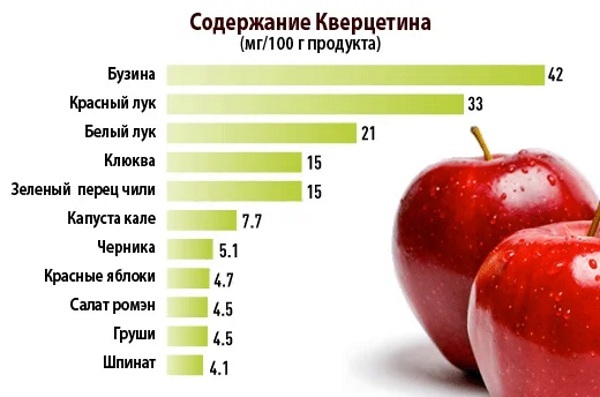 It has a moderate hypotensive effect, improves mental capacity. Most of all quercetin is found in onions, apples, red wine, tomatoes.
It has a moderate hypotensive effect, improves mental capacity. Most of all quercetin is found in onions, apples, red wine, tomatoes.
Catechins and tannins
They are powerful antioxidants and have anti-inflammatory effects. Tannins prevent the development of bleeding, diarrhea, and have a bactericidal effect.
The largest amount of catechins and tannins is found in white and green tea, oak bark, fruits, berries and dark chocolate.
Kaempferol
Kaempferol has the following actions:
- anti-inflammatory;
- antimicrobial;
- cardioprotective;
- pain relievers;
- antiallergic;
- tonic;
- diuretic.
Kaempferol is found in tea, all types of cabbage, capers, legumes, grapes, St. John's wort. It should not be combined with sources of iron, as their simultaneous use impairs the absorption of both substances.
Naringin
In addition to antioxidant and anti-inflammatory effects, naringin promotes weight loss due to suppressing appetite, lowering the level of bad cholesterol in the blood, strengthening the cognitive functions of the brain (memory and Attention).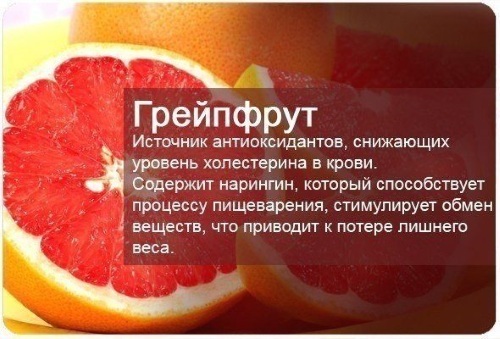
It also enhances the detoxification function of the liver, has hepatoprotective properties. The largest amount of naringin is found in the white pulp of citrus fruits that surround the edible part.
Genistein
One of the distinguishing features of genistein is its anthelmintic effect - it helps fight parasites in the body. The structure of this substance is similar to estrogen, which makes it possible to use it in hormone therapy. One of the most famous sources of genistein is soybeans.
Flavonoids in medicine
Flavonoids, the effect on the body of which in a reasonable dosage is only positive, are actively used in medicine - conservative and folk.
Some of the flavonoids are used to create drugs - in the preparation "Ascorutin" one of the active substances is rutin (in combination with ascorbic acid). The drug is used for vascular diseases, radiation sickness, allergies and some other pathologies.
Tannins are used to create drugs that have a hemostatic and anti-hemorrhoid effect. For the treatment of hemorrhoids and bleeding, decoctions and infusions of herbs rich in flavonoids are also used.
For allergies and some dermatological diseases (especially in pediatrics), lotions with certain herbs - they have antiallergic and anti-inflammatory effect, relieve puffiness and accelerate healing damage.
Flavonoids in cosmetology
Most often, flavonoids are used in anti-aging cosmetics. Since these substances have antioxidant properties and destroy free radicals, they help prevent the appearance of wrinkles and skin aging.
And for aging skin, creams, serums and other products with flavonoids are useful in that they smooth the skin, improve the nutrition of its tissues. As a result, the face becomes fresher and more toned.
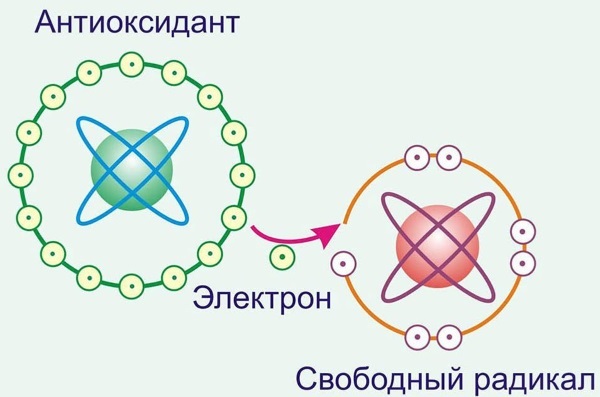
Also, flavonoids in cosmetology perform the following functions:
- They have anti-inflammatory and bactericidal action, which is especially useful for problem skin suffering from persistent acne and inflammation.
- Reduces capillary permeability and fragility, which is useful for rosacea and spider veins on the face.
- Eliminate allergic manifestations, which allows them to be used even with sensitive skin.
Some types of flavonoids are added to cosmetics as safe preservatives.
Daily requirement
The body's daily requirement for flavonoids depends on the person's age. Adult women and men need 250 to 500 mg of flavonoids from plant products per day.
Daily dose of flavonoids for children and adolescents:
- children under 3 years old - 50-70 mg;
- children from 3 to 8 years old - 80-100 mg;
- children from 8 to 12 years old - 100-150 mg;
- adolescents from 12 to 18 years old - 150-200 mg.
What foods have the most flavonoids?
Flavonoids are found exclusively in plants.
The following foods contain the largest amounts of flavonoids:
- green tea;
- citrus zest;
- onion;
- Red wine;
- bitter and dark chocolate;
- blueberry;
- broccoli;
- peas;
- purple and blue berries;
- parsley;
- cabbage.
For a sufficient intake of flavonoids in the body, it is necessary to consume 1-3 types of the listed products daily.
Flavonoid content table in foods
| Product | Flavonoid content (mg) per 100 g |
| Dried parsley | 4854 |
| Elder | 518 |
| Chokeberry | 368 |
| Peas | 277 |
| Fresh parsley | 233 |
| Red wine | 216 |
| Black currant | 167
|
| Blueberry | 158 |
| Blackberry | 137 |
| Green tea | 121 |
| Cranberry | 113 |
| Dark chocolate | 108 |
| Cabbage | 92 |
| Dill | 84 |
| Pink wine | 82 |
| Red Ribes | 79 |
| Kumquat | 79 |
| White tea | 75 |
| Arugula | 69 |
| Peppermint | 60 |
| Grapefruit (pulp) | 55 |
| Lemon (pulp) | 53 |
| Oolong tea | 52 |
| Red grapes | 48 |
Contraindications to the use of foods containing flavonoids
You will not be able to completely abandon the use of flavonoids. These substances are found in all plant products.
But limiting their intake into the body is recommended for people with the following contraindications:
- low blood clotting;

- increased or high levels of estrogen in the blood (also applies to men);
- some kidney problems (since most of the flavonoids are excreted through the urinary system).
Some sources indicate that pregnant and lactating women need to avoid foods with flavonoids.. However, in this case, no plant food will enter the body, which will negatively affect the health of the mother and child.
You need to refuse only from dietary supplements with flavonoids, as they can be harmful. And vegetables, fruits, berries, herbs and other types of plant foods should, on the contrary, be added to the diet in even larger quantities (if there are no indications and contraindications of a gynecologist).
Rules for the use of foods with flavonoids
Flavonoids, the effect on the body of which has not yet been fully understood, are not capable of causing serious harm in case of an overabundance. However, you should not eat exclusively plants rich in flavonoids and exceed the maximum allowable dosage of these substances per day.
With an excess of flavonoids, the absorption of certain vitamins and minerals may deteriorate, and allergic reactions and food intolerances may also develop.
Products containing flavonoids are recommended to be consumed fresh, since any heat treatment leads to destruction and a decrease in the concentration of nutrients in food. But if processing is still required, then it is better to steam or bake food - this way it will be possible to preserve a certain part of the useful components in the products.
For a better assimilation of flavonoids in the body, it is necessary to drink a sufficient amount of water per day (at least 1 liter) and eat well and variedly.
How flavonoid deficiency manifests itself
With a lack of various types of flavonoids in the body, the following symptoms occur:
- constant weakness and fatigue;
- frequent bleeding, bleeding gums, heavy and prolonged menstruation;
- frequent bruising and bruising, redness of the skin for no reason;
- pain in the limbs, numbness of the arms and legs;
- rosacea, vascular networks on the skin;
- varicose veins;
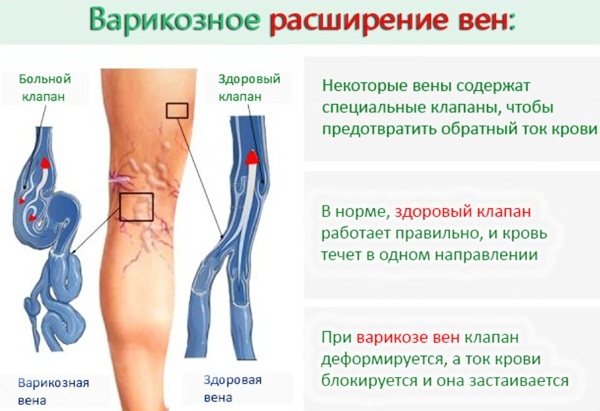
- pressure surges, hypertension;
- inflammatory processes in the stomach and intestines;
- chronic inflammatory diseases;
- frequent allergies, dermatitis;
- frequent bacterial infections;
- photoaging of the skin (prematurely);
- dullness, increased dryness of the skin.
Since the listed symptoms may indicate the presence of serious diseases, it is recommended to consult a doctor and undergo the necessary examinations. But in almost any disease, the regular intake of flavonoids into the body will improve the condition of the body and help eliminate the disease.
Signs of excess flavonoids in the body
Flavonoids (the effect on the body of some of them is more pronounced) do not have toxic properties, and their excess is quickly excreted from body tissues with urine. And therefore, an overdose of flavonoids from foods almost never occurs.
However, when using dietary supplements with flavonoids of various types, an overdose is possible, accompanied by the following symptoms:
- allergy in the form of skin rashes, itching and peeling of the skin;
- loss of appetite;
- digestive disorders, high thirst;
- weakness and fatigue of the body;
- bruises on the body.
Various food additives and dietary supplements should be consumed strictly in accordance with the instructions for a particular drug and in no case should the indicated dosage be exceeded.
Flavonoids are essential compounds for the human body, affecting its work, as well as the development of many diseases. To maintain proper levels of flavonoids in the body, it is necessary to eat more plant foods and drink green tea.
Flavonoid Videos
Vitamins and flavonoids:


